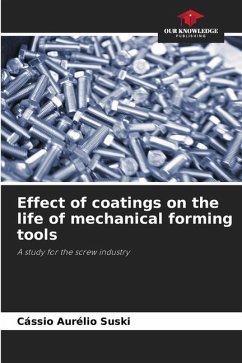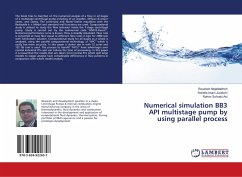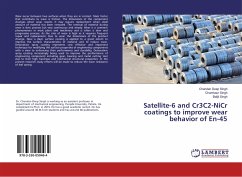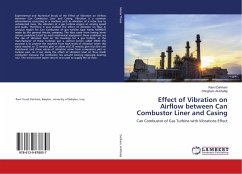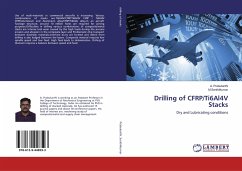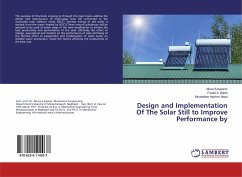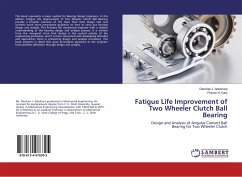
Thermochemical Treatments improve Fatigue Life for Casing Drilling
Improvement of Casing Connection Threads Fatigue Properties through Thermo-chemical Surface Treatments
Versandkostenfrei!
Versandfertig in 6-10 Tagen
24,99 €
inkl. MwSt.

PAYBACK Punkte
12 °P sammeln!
Drilling with casing is among the top ten promising technologies to reduce well construction costs. It consists in using directly the casing as the drill string. Such a technique does not only reduces tripping time, but also decreases the risk of downhole problems and provides a safer working environment, all leading to an overall well construction cost cut by 30%.However casing connections were initially designed to withstand static tensile loads and have poor fatigue resistance properties. Intermediate solution was to use metal to metal seal buttress threads, which enable to drill down to 3,...
Drilling with casing is among the top ten promising technologies to reduce well construction costs. It consists in using directly the casing as the drill string. Such a technique does not only reduces tripping time, but also decreases the risk of downhole problems and provides a safer working environment, all leading to an overall well construction cost cut by 30%.However casing connections were initially designed to withstand static tensile loads and have poor fatigue resistance properties. Intermediate solution was to use metal to metal seal buttress threads, which enable to drill down to 3,000 m with some success. The performances of these connections using thermo-chemical surface treatments have been investigated using a fit for purpose workbench, and promising results such as a 32% increase in admissible fatigue load, as well as an elastic limit of threads increase in 50%, have been observed. A complete fracture analysis was performed using Scanning Electron Microscopy (SEM).



